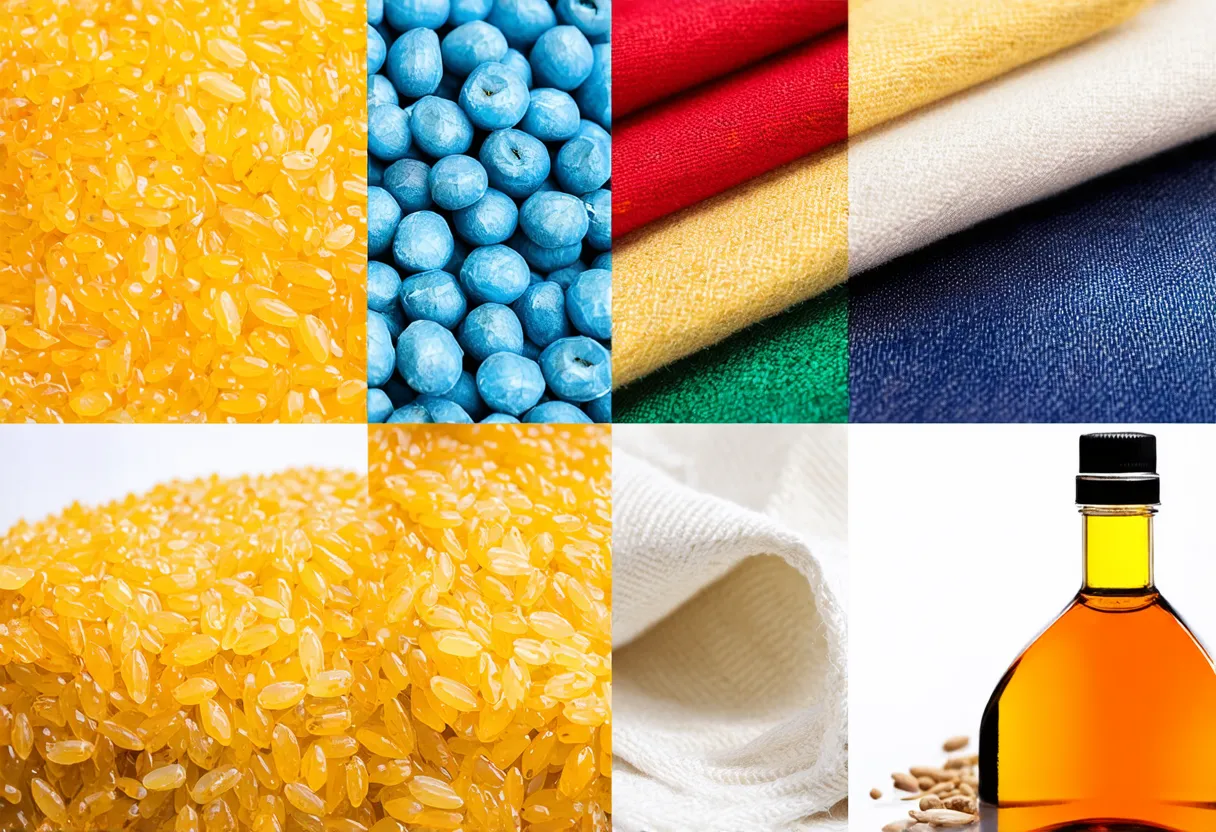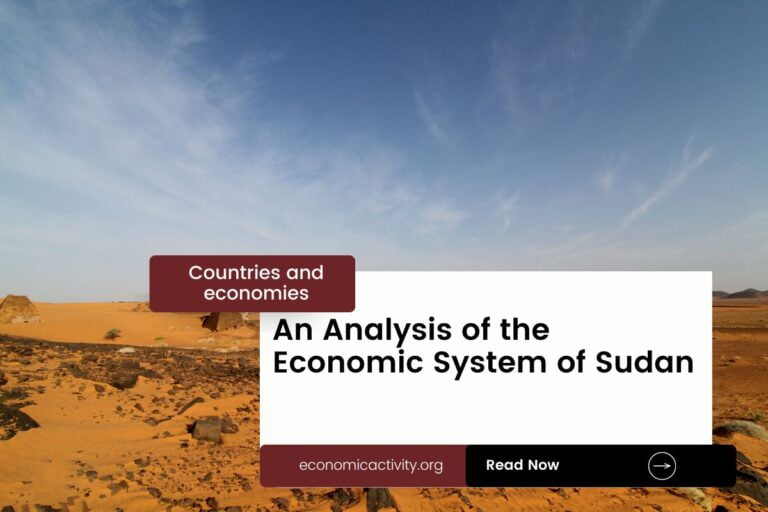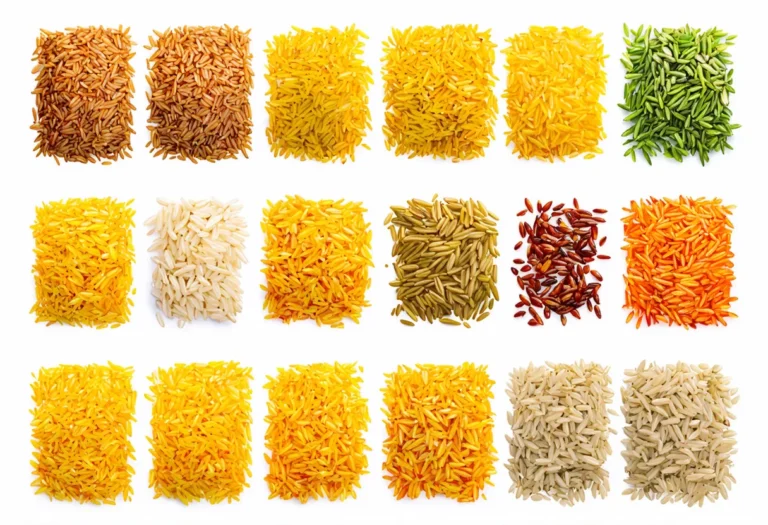Madagascar, with a population of 29,611,714, is ranked 49th, just behind Nepal. Located in the Indian Ocean, it covers 587,295 sq. km, ranking 45th, below Ukraine.
Madagascar’s economic position in 2022 reflects a GDP of $15,297,192,798.98, ranking it at 131 globally, just behind Niger with a GDP of $15,342,278,919.40. The GDP per capita for Madagascar in 2022 is $516.59, placing it at 182 worldwide, trailing behind Mozambique with a GDP per capita of $558.30.
Despite facing challenges, Madagascar’s economy shows potential for growth and development in the coming years.
What are the economic activities of Madagascar?
- Primary activities: 24% of GDP.
- Secondary activities: 19.5% of GDP.
- Tertiary activities: 56.4% of GDP.

Primary Sector of Madagascar
The primary sector in Madagascar, heavily reliant on agriculture, thrives due to its diverse climate and rich natural resources. With 70.29% of the land dedicated to agriculture, the country produces a variety of crops like rice, sugarcane, cassava, sweet potatoes, and a range of fruits and vegetables.
Despite contributing 24% to the GDP, agriculture remains a crucial part of the economy. The top ten agricultural products, including milk, bananas, mangoes, and potatoes, showcase the sector’s significance in providing food security and livelihoods for many Malagasy people.
With diverse geological formations, the primary sector thrives in Madagascar. Rich in graphite, chromite, coal, bauxite, rare earth elements, and more, these resources drive the economy through mining, fishing, and hydropower production.
Secondary Sector of Madagascar
What is the secondary sector or what are secondary activities?
The secondary sector involves industries that transform raw materials from primary activities into finished products for consumption. In Madagascar, the main industrial products include meat processing, seafood, soap, beer, leather, sugar, textiles, glassware, cement, automobile assembly plants, paper, and petroleum.
In 2023, Madagascar’s manufactures exports accounted for 25.74% of its total exports, indicating that while significant, other sectors play a more crucial role in the country’s economy.
Tertiary sector of Madagascar
What is the tertiary sector or what are tertiary activities?
The tertiary sector in Madagascar encompasses a range of services where individuals provide knowledge and time to enhance productivity and meet needs. This sector includes intangible goods such as advice, attention, and expertise, catering to both consumer and business-to-business needs. The main tertiary activities in Madagascar are healthcare and medical care, education and training, banking and finance, communication and information exchange, tourism and hospitality, transportation and logistics, and security and protection.
Specifically, The tourism industry plays a pivotal role in Madagascar’s economy, contributing significantly to its overall development. With around 486,000 annual arrivals, representing 0.0164 of the population, this sector is crucial. Iconic attractions like the Tsingy de Bemaraha National Park and Nosy Be Island draw visitors from across the globe, showcasing the country’s natural wonders.
Another example of tertiary economic activity is the mobile cellular sector, with approximately 20.8 million subscriptions, supporting technological growth by enhancing communication and access to digital services across the population.
Military Activities and Economic Sectors of Madagascar
The military is a clear example of how different economic activities work together. In the primary sector, resources are extracted for military use, like metals for weapons. The secondary sector focuses on manufacturing military equipment, such as vehicles and gear. The tertiary sector includes services provided by the military, like training and logistics. The quaternary sector involves military research and development, while the quinary sector deals with high-level decision-making and strategy.
In Madagascar, the military expenditure in 2023 is 102.1 million US dollars, which is 0.65% of the country’s GDP. The active military force consists of 13,500 personnel, resulting in 0.8 active military members per 1,000 capita. This data shows how the military plays a role in the country’s economy and workforce.
International Trade of Madagascar
Import Activities of Madagascar

Import activities in Madagascar are crucial, accounting for 39.23% of GDP in 2023, totaling $4.82 billion, driving economic growth and meeting domestic demand.
Madagascar’s key import activities include refined petroleum, rice, fabric, palm oil, and cotton fabric. The country’s major import partners are China (24%), India (10%), France (9%), Oman (6%), and South Africa (6%).
Exports Activities of Madagascar

Madagascar’s total exports in 2023 amounted to $3,282,849,543.54, accounting for 30.37% of its GDP. This indicates a medium level of importance, showcasing a significant contribution to the country’s economic growth.
Madagascar’s export activities are diverse, with key partners including the US, France, China, Japan, and Germany. The country exports commodities such as nickel, garments, vanilla, cloves, and cobalt, contributing significantly to its economy.
Madagascar economy challenges in 2024
Madagascar faces challenges in 2024 with a struggling economy due to COVID-19, despite recent political stability. Extreme poverty persists, exacerbated by environmental fragility. The drop in tax revenue hampers development efforts, despite being a leading vanilla producer.




Leave a Reply